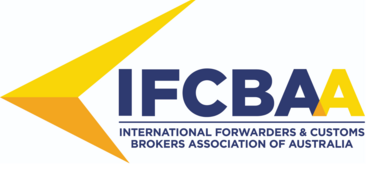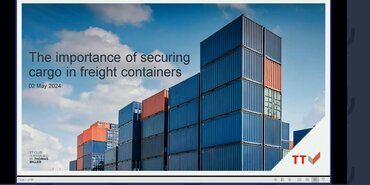Managing Risks in the Temperature Control Supply Chain
The webinar discusses managing risks in the temperature-controlled supply chain, focusing on common issues that lead to losses and how technology can help monitor shipments. The speakers are Mike Yarwood of TT Club, Karsten Jensen of Jensen Associates, and Luke Terrell of Reefer Pulse.
Causes of Losses in Temperature-Controlled Supply Chains
Some key causes of losses highlighted include:
Product Quality Issues
- Splits, scrapes, and damage to products like tomatoes and plums that occur early and worsen during transit
- Internal browning in plums when kept between 2-5°C
- Mixed ripeness in banana shipments
- Old scarring on berries that should have been sorted out pre-shipment
Preparation Issues
- Botrytis mold growth on grapes due to improper sulfur dioxide fumigation
- Sulfur damage on grapes from excessive fumigation
- Drying of grape stems from slow initial cooling after harvest
- Mold growth on pineapple stems from inadequate dipping
Packing/Storage Issues
- Blocked ventilation holes in cartons due to internal packaging
- Uneven weight distribution from improper stowage
- Airflow blockages near doors from over stowed pallets
Temperature Issues
- Inadequate pre-cooling or hot stuffing
- Breaks in the cold chain during transport mode changes
- Wrong temperature settings forcefully supplying improper temperatures
- Container malfunctions going unchecked
- Doors/airflow issues creating temperature variances
Documentation Errors
- Inaccurate or ambiguous instructions passed between stakeholders
Delay Issues
- Congestion at ports causing delays
- Customs clearance delays
- Forgotten containers at ports
Use of Technology for Monitoring
Technology like that provided by Reefer Pulse can help by:
- Predicting energy needs and detecting waste
- Spotting technical issues early and enabling preventative maintenance
- Detecting operational issues like hot stuffing or power cuts
- Providing monitoring dashboards, alerts, and reports
Benefits include fuel savings, improved shipment quality, and reduced waste and emissions.
Key Takeaways
- Most losses are preventable with proper handling, packing, and settings
- Access to temperature data is critical for evidencing condition issues
- Technology can transform data into actionable insights
- Communication and information accuracy between stakeholders is vital
The webinar provided an overview of risks in temperature-controlled supply chains and how losses can be reduced through best practices, data access, and monitoring technology.
- Author
- Staff Author
- Date
- 14/10/2020





